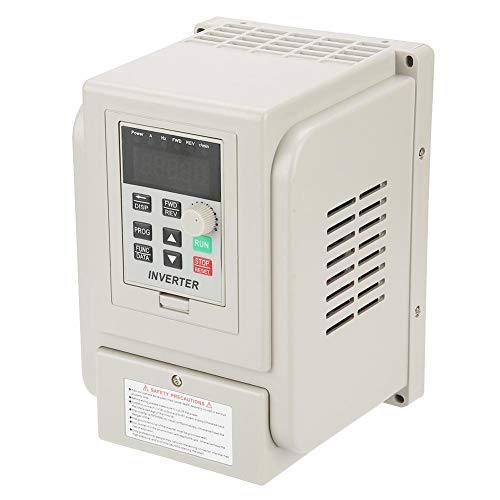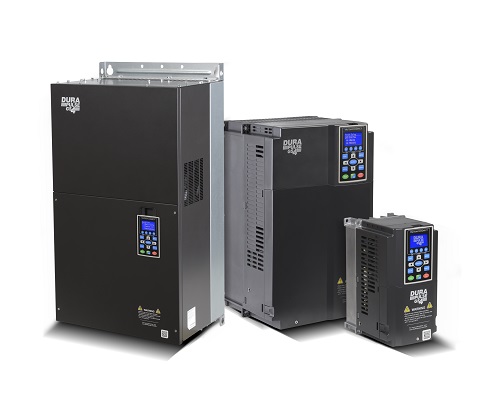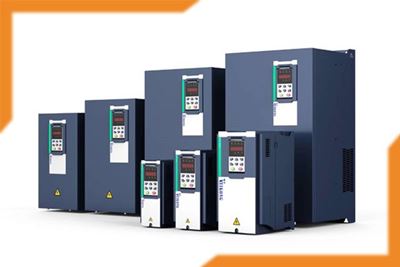What is Drive Ac?
importance of these parts, they are available in different types in the market today. AC drives have many capabilities and applications in the electrical and electronic industry, which has led to their high popularity among electrical and electronic engineers. Among the capabilities of these parts, it is possible to control how and the speed of starting electric motors, reducing the cost of starting electric components, matching the speed of electric motor equipped with the speed required in the process, etc. Cited.
The concept of an inverter or motor speed controller
An inverter or AC drive is a device that can be used to control the speed of a three-phase AC motor without reducing the power and torque of the motor. Inverters are made in different capacities. Also, with the rapid development and constant reduction of prices in the field of power electronics, the ground is provided for their widespread presence in industrial, transportation, and even household applications.
The driving force of most pumps, fans, or any device that requires external driving force is usually supplied by induction motors that work at a constant speed. But in recent years, with the progress made in the field of power electronic technology, the use of induction motors with the motor speed controller (AC DRIVE) or inverter is expanding.
Drives are devices that convert input power with constant voltage and frequency to output power with variable voltage and frequency. It should be noted that the speed of a motor is a function of the frequency of its power supply. For this reason, a drive first converts the mains electricity to DC voltage and then converts it again to AC voltage with variable frequency and voltage using an inverter. In a low-voltage drive, the inverter part consists of power switches that generate the output signal with the desired frequency by alternating switching. These keys have undergone many technological changes in recent years. With the introduction of power switches such as IGBT, which brings both the ability to work at high power and high switching speed, the ground was provided for the design of drives with a reasonable price and better performance.
Getting to know the types of Drive Ac
f or voltage over frequency
This model of AC drives is usually used in simple operations and to achieve general goals. In fact, this type of AC drive works by using a proportional table and it helps you to set and control the proportional speed of the operation by considering the frequency that it gives to the electric current.
SLV or sensorless vector drives
Another type of AC drive is a sensorless vector drive. In this method, the drives give us voltage feedback (in this method, we will not have speed and acceleration feedback.) Vector drives have a lot of torque and have low and low speeds. Therefore, they can be used to control heavy electrical loads. Using this method helps reduce the percentage of the possible error to less than one percent.
CLV or feedback drives with sensors
Unlike the above two models, CLV drives have feedback. Therefore, they are able to receive the signals from the device and electric motors and hence they can detect the speed and position of the motor. Another feature of this drive is the ability to change the output to reach the desired output.
buy product AC Variable Frequency Drives (VFD)(Inverter)
Components of an AC drive
Power supply
Unit of measurement
Control unit
Engine
circuit modulator

The most important reasons for the popularity of DRIVE AC
In general, AC drive has many uses and advantages that have made its use in the electrical and electronics industry prosperous. But three factors are among the most important reasons for the popularity of these electrical parts, which we will explain below: (AC drive and its role in the electrical industry)
DRIVE AC is effective in saving money and improving the efficiency of electrical equipment.
DRIVE AC helps you adjust the speed of the inverter according to the needs of the process.
DRIVE AC helps to match the torque of the inverter with the process requirements.
Other advantages of using DRIVE AC
Output control according to the process in question
energy saving
Increasing the power of electric motors
Reduction of thermal stresses and mechanical shocks
Reducing the noise, vibration, and speed of an engine and increasing the life of the rotating components of the engine
Reducing the starting speed of the engine (in this case, fuses with lower power can be used.) Reducing the peak load of the power system and KVA And …
AC drives applications in various industrial processes
energy saving
Soft start and stop of the engine
Machine building industries
Production lines of factories and industrial workshops
Water and sewage industries
Production of pumps and fans
Elevators and lifts








